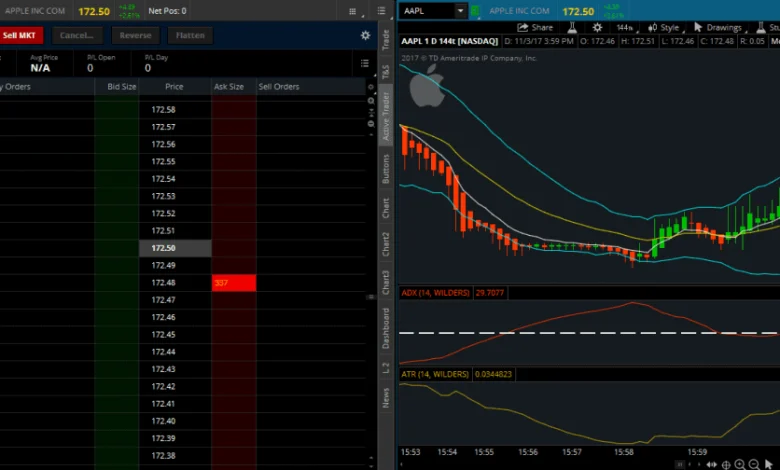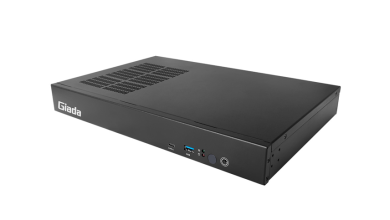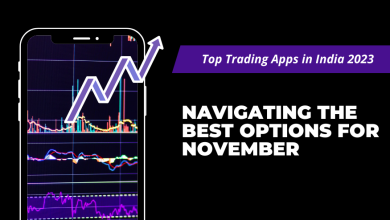Simulated Trading Tools and Platforms: Evaluating Features and Benefits

Are you interested in learning more about simulated trading tools and platforms? The ever-growing technological advancements have resulted in many great solutions for aspiring traders. But with so many choices, evaluating which platform best fits your particular needs and goals can be challenging.
That’s why we’ve put together this comprehensive guide to simulated trading tools and platforms – designed to help make your evaluation process simpler, faster, and more innovative. In this guide, we’ll provide an overview of the key features and benefits of simulated trading tools and offer our top recommendations for those who are just starting or looking to step up their game. Read on to learn more about the power of these powerful digital solutions today.
Introducing Simulated Trading Tools
Have you ever dreamed of becoming an expert in stock trading? Would you like to learn how to invest without risking your real money? Well, there’s excellent news for you. Simulated trading tools are now available to help you experience what it’s like to trade in the stock market. These tools provide a realistic trading environment, allowing you to practise your investment skills without financial risk.
Simulated trading tools are excellent for beginners who want to learn the ropes of trading or investors who want to try new strategies without putting their real money on the line. With simulated trading tools, you can learn from experience and improve your trading skills before investing your money. Click here to create a demo account and start practising trading today.
Evaluating Different Types of Simulated Trading Platforms
There are numerous simulated trading tools and platforms available in the market today. But how do you choose the right one for your specific needs? Let’s look at some key features and benefits when evaluating different types of simulated trading platforms. The user interface is one of the most important factors to consider when choosing a simulated trading platform. A well-designed and intuitive interface can make all the difference in your trading experience, especially for beginners. Look for platforms that offer easy navigation, clear charts and graphs, and customisable settings.
Another crucial feature to consider is the range of assets available on the platform. Depending on your investment interests, look for a platform that offers a diverse range of assets to trade, including stocks, bonds, commodities, and cryptocurrencies. Some simulated trading platforms provide educational resources and tools to help users learn about trading strategies, market trends, and analysis. These features can benefit beginners and experienced traders looking to expand their knowledge. Feel free to visit to learn more about – Gramhir
Benefits of Using a Simulated Trading Platform
Simulated trading platforms are an excellent way to practise and improve your trading skills without risking real money. But there are other benefits of using these tools. They also offer a range of other advantages for both beginners and experienced traders. For starters, simulated trading platforms provide access to real-time market data, allowing you to make informed decisions and gain valuable experience in a risk-free environment. They also offer the convenience of trading anytime and anywhere, as most platforms are available on desktop and mobile devices.
Moreover, simulated trading platforms allow you to test different investment strategies without financial consequences. It can save you from potential losses while helping you find the best approach for your personal trading style. Some platforms offer social trading features, allowing you to connect with other traders, follow their strategies, and learn from their successes and failures. It creates a collaborative community where knowledge sharing is encouraged.
Understanding the Different Types of Orders in Simulated Trading
When using simulated trading tools and platforms, it’s essential to understand the different types of orders available. These orders determine how and when your trades will be executed. Market orders are the most common type, where you buy or sell an asset at its current market price. Limit orders allow you to set a specific price for buying or selling an asset. In contrast, stop-loss orders automatically trigger a sell order if the asset reaches a predetermined fee.
Additionally, some platforms offer advanced order options such as trailing stops, where the stop-loss level adjusts with market prices, and bracket orders, which allow you to set both a profit target and stop loss for each trade. Understanding these different types of orders can help you make more precise and strategic trading decisions.
Considerations for Choosing the Right Simulation Tool and Platform For Your Needs
As you can see, many factors should be considered when evaluating simulated trading tools and platforms. It’s essential to do your research and prioritise the features that are most important to you. Some other key considerations to keep in mind include the cost of the platform, customer support options, and compatibility with your devices.
Choosing a platform that aligns with your trading goals and investment style is also crucial. Some platforms may be better suited for day traders, while others cater to long-term investors. Take the time to explore different options and find the one that best fits your needs.




